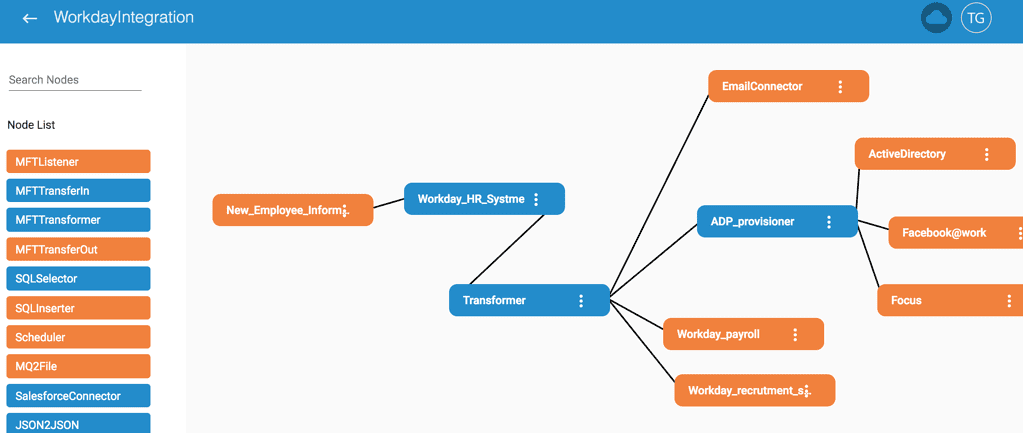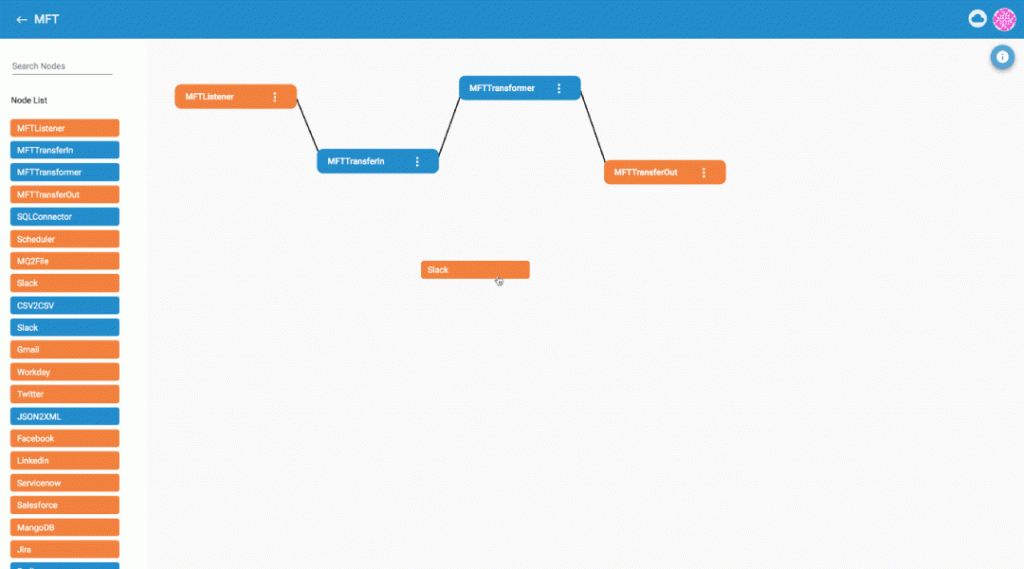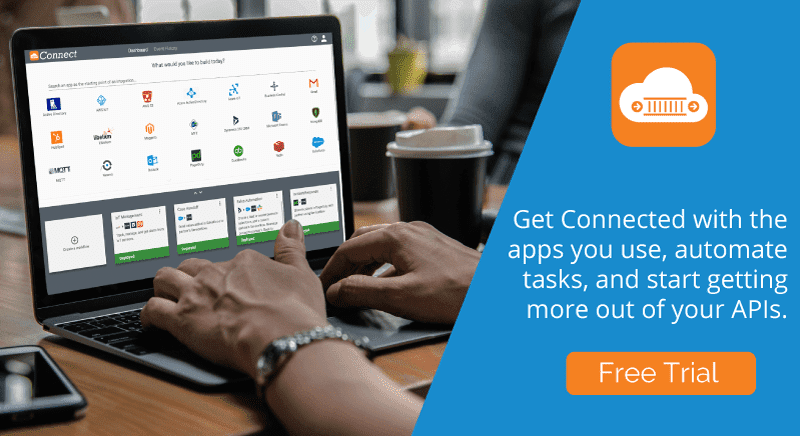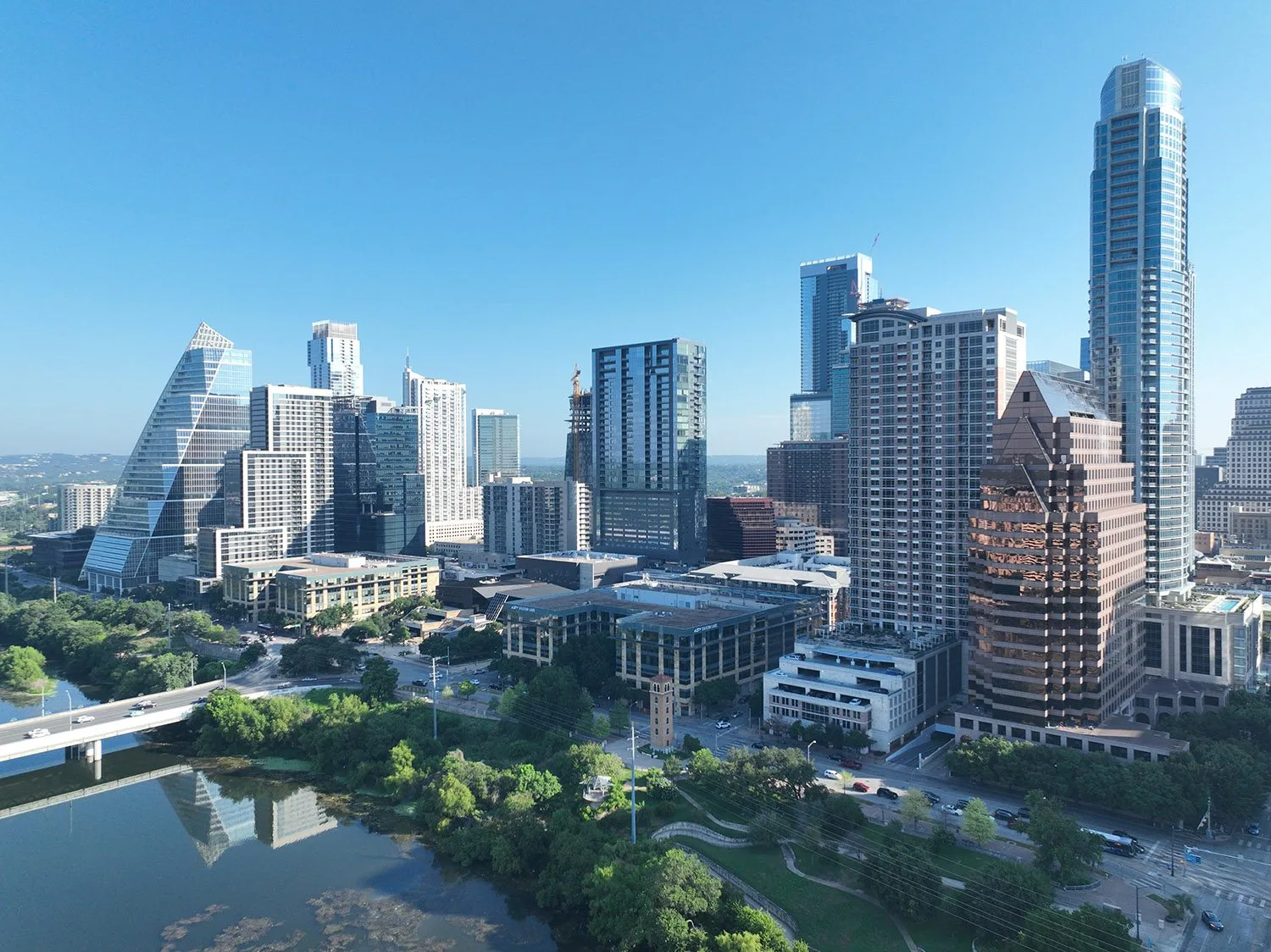RoboMQ is proud to say that we, a little startup based out of Northern Virginia, have created the world’s first visual process builder for microservices. Using RoboMQ Integration Flow Designer you can build complex business processes using a palette of functional nodes, each of which represents a well-defined microservice running on the cloud and using the familiar UI of Node-Red. In layman’s terms, it’s a way of “coding” using drag and drop options.
This is all well and good for programers, but what about everyone else in the building? If you’re a non-techie still following along I commend you. For the average office worker anything involving code requires an immediate call to IT. That’s why we set about building a WYSIWYG (What You See Is What You Get, pronounced “wiz-ee-wig” if you want to have a little fun with it) platform for this purpose.
The Integration Flow Designer presents a palette of nodes available to chain together to create a process flow. These nodes represent Microservices and the basic constructs to build the business processes. Each of these nodes can have an input and an output. Each node gets input and feeds the output to the next node as the input, creating a chain of processing. Architecturally, Integration Flow Designer follows Flow-Based Programming (FBP) principles. The edge nodes can read the data or write the data over any protocol to any end application using the ThingsConnect adapters and connectors themselves available as nodes.
Once a flow is visually built, you can click to deploy the flow – as simple as that. The flow runs on the cloud or on your on-premise data center on the app server which itself is dockerized. The flow executes and interacts with Microservices running on the container management platform (representing each node). It directs the Microservices to pick the task or the input from the message queues and process them. The result of each node’s processing is written to the output and is picked up by the next node or the Microservice in the flow sequence. The end result is an orchestrated execution of a chain of Microservices using a simple visual user interface.
Integration Flow Designer packs all the benefits available with Microservices, message queues, and ThingsConnect suite of adapters and connectors into a simple visual package for rapid development of integration flows.
Now you can connect any device, sensor, SaaS application or enterprise system using any protocol by the simple drop-and-drop of nodes from a palette.








